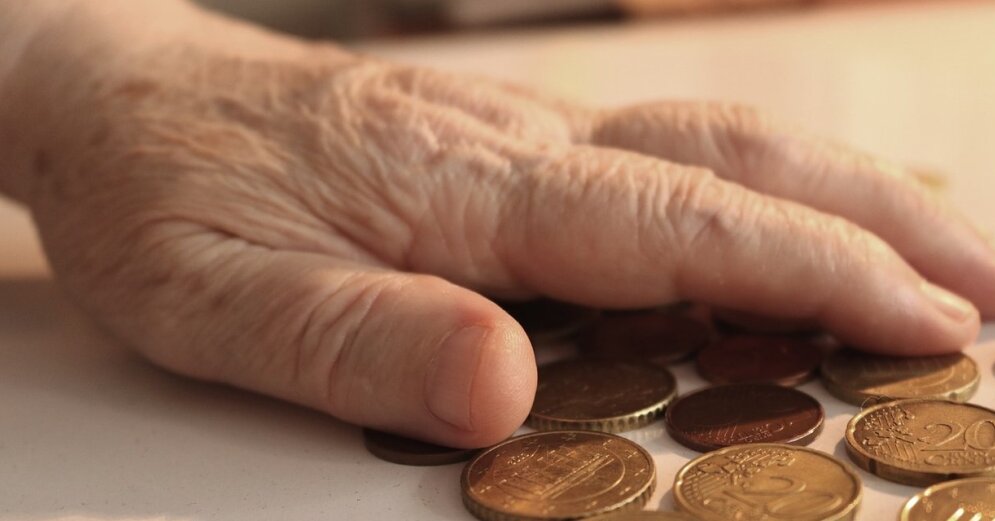The covid-19 pandemic caused a global economic crisis, which mainly affected emerging economies and caused their currencies to devalue, as was the case of the Colombian peso, which exceeded $4,000 for the first time in 2020.
Since then, the emerging currencies in Latin America had been struggling to find recovery as the economy revived. But it was only since the Russian invasion of Ukraine that they managed to gain ground against the dollar.
Russia and Ukraine are exporting powers of raw materials such as oil, gas, wheat, fertilizers, among others. Therefore, the war between these two nations and the subsequent Western sanctions against the Kremlin caused world commodity prices to rise.
For emerging countries that depend heavily on commodity exports, this rise in prices made their currencies recover their value, especially those of Latin America.
The Colombian peso started the year at $4,052.43 per dollar. When the war began in Ukraine, on February 23 of this year, it was trading at $3,910.43.
Since then, a downward trend began until reaching a minimum of $3,702.07 on April 4, which means a revaluation of 5.32% since the war began and 8.64% so far this year.
The currency’s biggest gain against the dollar was seen in Brazil with the real, which started 2022 at 5.67 reais per dollar and on February 23 the US currency was at 5.00 reais. Then, it touched a minimum of 4.59 reais for each dollar, on April 4, 8.24% less than when the war began and more than 19% since the beginning of the year.
Other emerging economies in Latin America that have made gains in their currencies since the crisis began in Ukraine were Peru, where the dollar fell 2.67% against the sun; in Mexico, 2.21%; and Chile, where the US currency fell 1.5% against the peso.
However, these bearish trends found a bottom in early April, and then reversed to the upside. In Colombia, the dollar is already close to $4,000 again due to renewed risk aversion, according to Sergio Olarte, chief economist at Scotiabank Colpatria.
“It is a widespread phenomenon worldwide. The “zero covid” policy in China means that there are still expectations of important closures and bottlenecks at the international level in the trade environment, plus interest rates in developed countries that are surely going to rise much more, makes investors trigger their aversion to risk and prefer safer assets such as the dollar”, says Olarte.
Although it also explains that the rise in commodity prices is protecting the region’s currencies from a worse depreciation. “We are also benefiting. In other times of global risk aversion the dollar could be at $4,100 or $4,200 as we saw last year. However, not at this time. The prices of raw materials definitely help, although the environment means that emerging currencies and some developed currencies such as the Japanese yen and the euro are depreciating very significantly,” adds Scotiabank Colpatria’s chief economist, Sergio Olarte.
For his part, financial adviser Andrés Moreno Jaramillo assures that the recent rise in the dollar could be temporary.
“Possibly, the strong revaluation that those countries had could have stopped and clearly there was a change in trend and an outflow of capital, but it is not definitive. I believe that capital will return to South America again”, said the financial adviser certified by the Securities Market Self-Regulator.
Currencies of emerging countries close to Ukraine suffered devaluations
Contrary to what happened in the Latin American emerging economies, the countries that are closest to the conflict between Russia and Ukraine saw their currencies lose value since February 23. The Turkish lira has devalued more than 5% since the war began, having lost nearly 9% against the dollar. In Poland, Hungary and Romania, the main destination countries for Ukrainian refugees fleeing the conflict, the accumulated depreciation of their currency has ranged between 4% and 6% since the beginning of the year.
–


